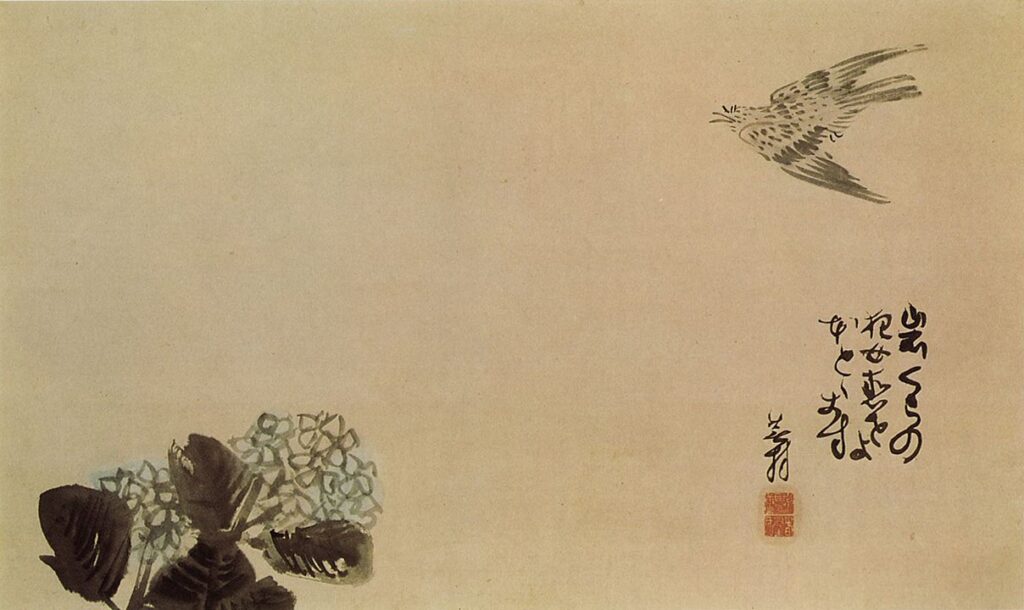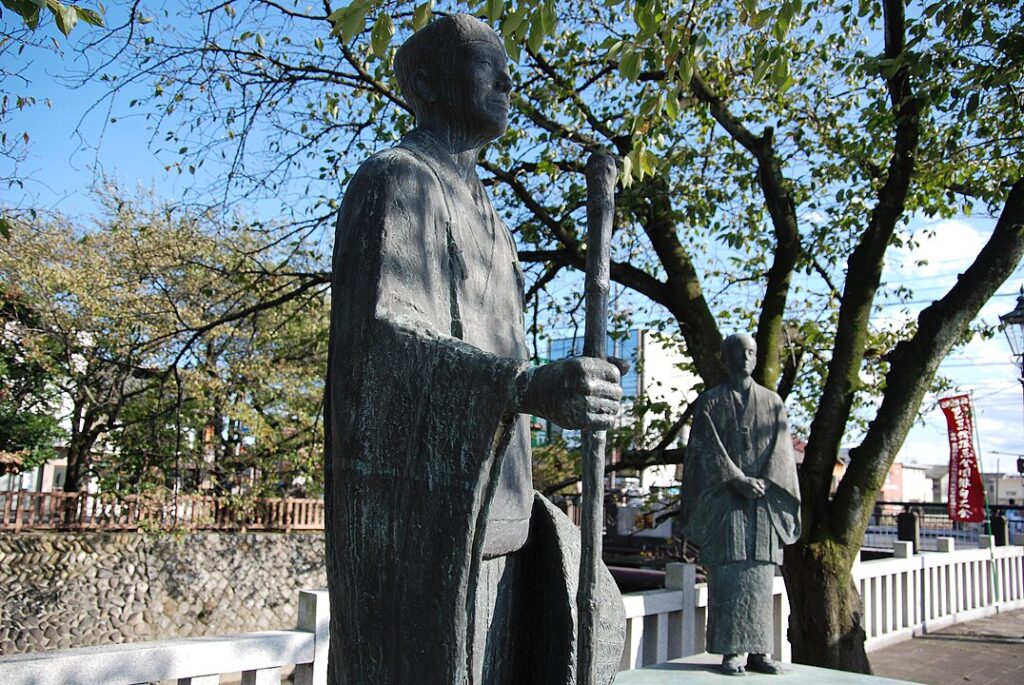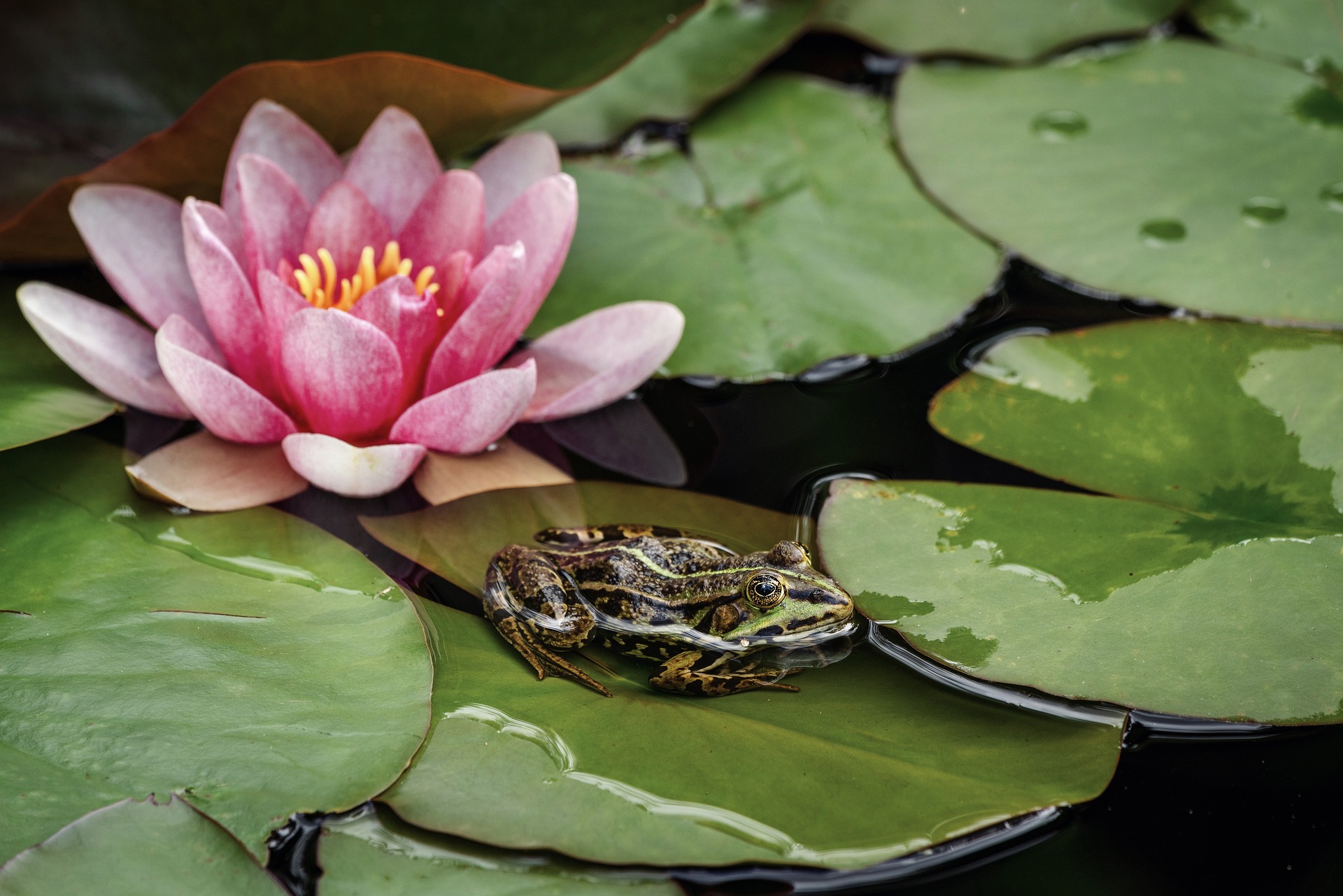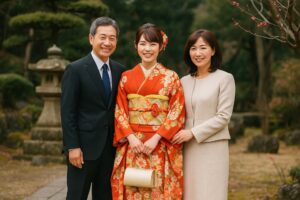This article delves into the world of haiku, a traditional Japanese poetic form known for its simplicity and depth. It explores the history, structure, and cultural significance of haiku, presents famous examples, and provides insights into writing your own haiku. The article also discusses modern variations and the global impact of haiku, making it a comprehensive guide for enthusiasts and poets alike.
Introduction to Haiku
Haiku is a traditional form of Japanese poetry, renowned for its simplicity and depth.
Originating in the 17th century, haiku poems typically consist of three lines with a 5-7-5 syllable structure. This concise form captures moments in nature and human emotions with vivid imagery and a sense of immediacy. The inclusion of a seasonal reference, known as “Kigo (season word)” and “Kireji (cutting word)” are key elements that distinguish traditional haiku.
These poems offer a window into the fleeting beauty of life, encouraging readers to pause and reflect on the world around them.
Historical Context
Haiku evolved from an older form of Japanese poetry known as hokku, which was the opening stanza of a collaborative linked-verse poem called renga. During the Edo period, poets like Matsuo Basho elevated hokku into a standalone form, which later became known as haiku.

Basho’s works, characterized by their elegance and profound simplicity, played a crucial role in popularizing haiku. Other notable figures, such as Yosa Buson and Kobayashi Issa, also contributed significantly to the development and refinement of haiku, each bringing their unique perspectives and styles to the genre.
Structure and Elements of Haiku
The structure of a haiku is deceptively simple: three lines with a syllable pattern of 5-7-5. However, this brevity demands precision and creativity.
The kigo, or seasonal word, anchors the poem in a specific time of year, evoking the natural world and its cycles.
The kireji, often placed at the end of one of the lines, serves as a punctuation mark that provides a pause or a moment of reflection, enhancing the poem’s emotional impact.
Classic haiku often focus on nature, capturing fleeting moments with a clarity and immediacy that resonates deeply with readers.
Famous Haiku and Their Themes
Haiku often explores themes of nature, seasons, and human experiences, reflecting the interconnectedness of all life.
Matsuo Basho’s famous haiku, “An old silent pond / A frog jumps into the pond— / Splash! Silence again,” captures a moment of tranquility and sudden movement, evoking a profound sense of stillness and presence.
Kobayashi Issa’s works frequently touch on themes of compassion and humility, while Yosa Buson’s haiku are known for their painterly qualities, vividly describing scenes with an artist’s eye.
These themes, expressed through concise and evocative language, make haiku a powerful form of poetic expression.
Matsuo Basho’s Contributions
Matsuo Basho is perhaps the most celebrated haiku poet, whose works have had a lasting impact on the genre. Born in 1644, Basho’s poetry journey led him to blend his deep appreciation of nature with Zen Buddhist principles.

His haiku often reflects a contemplative and serene perspective, capturing the essence of moments with simplicity and grace. Basho’s travel journal, “Oku no Hosomichi” (The Narrow Road to the Deep North), is a masterpiece that intertwines prose and haiku, showcasing his profound observations and poetic talent.
Writing Your Own Haiku
Writing haiku requires a focus on simplicity, nature, and emotional depth. Start by observing your surroundings and identifying a moment that resonates with you. Choose a seasonal word (kigo) to ground your haiku in a specific time of year.

Structure your poem in three lines with a 5-7-5 syllable pattern, using precise and evocative language. Incorporate a kireji to create a pause or highlight a contrast within your poem.
By paying attention to detail and capturing the essence of a moment, you can create haiku that convey deep meaning with minimal words.
Modern Haiku Variations
Contemporary poets have embraced and adapted haiku, experimenting with its form and themes. Some modern haiku deviate from the traditional 5-7-5 syllable structure, focusing instead on capturing a moment with brevity and precision. Others explore themes beyond nature, delving into urban life, personal experiences, and social issues.
Despite these variations, the core principles of haiku—simplicity, immediacy, and emotional resonance—remain central, allowing the form to evolve while retaining its timeless appeal.
Haiku Around the World
Haiku has transcended its Japanese origins to become a global phenomenon. Poets from various cultures have embraced haiku, adapting it to their languages and traditions.
In English, haiku often follows the 5-7-5 syllable structure but can also be more flexible.
This universal appeal lies in haiku’s ability to capture the essence of moments and evoke deep emotions with minimal words. Cultural adaptations of haiku reflect the diverse ways in which people connect with nature and experience the world, highlighting the form’s versatility and enduring relevance.
Conclusion
Haiku, with its roots in Japanese culture and its global reach, continues to captivate readers and writers with its elegant simplicity and profound depth. Whether exploring nature, seasons, or human emotions, haiku offers a unique lens through which to view the world. By understanding its history, structure, and themes, and by practicing the craft, anyone can appreciate and create haiku that resonate on a deeply personal level.
This timeless poetic form encourages us to pause, observe, and find beauty in the fleeting moments of life.











